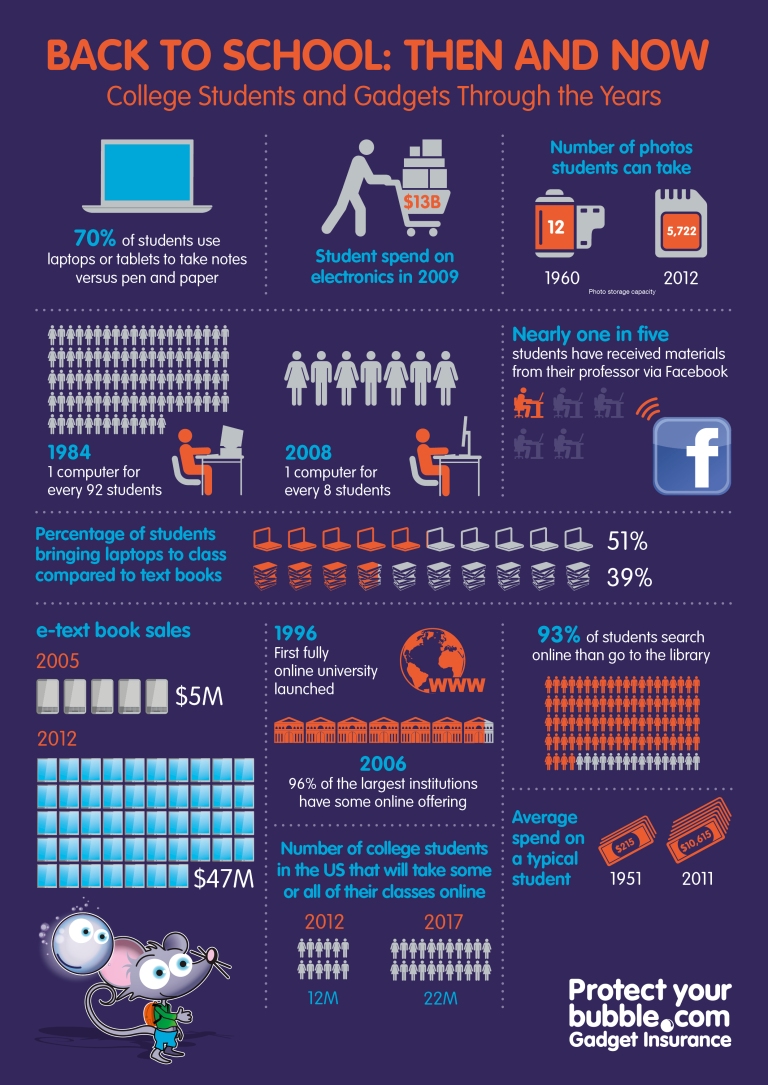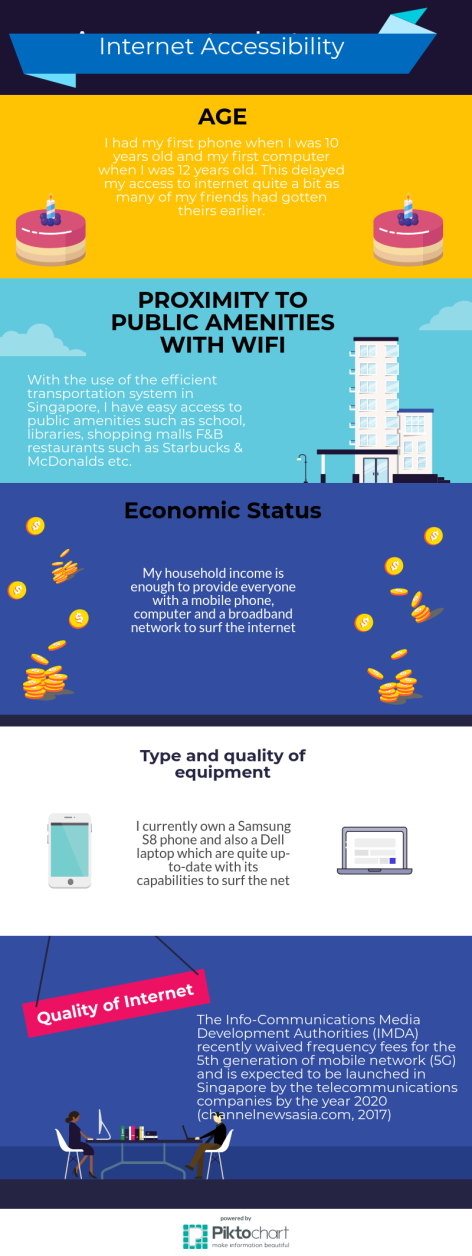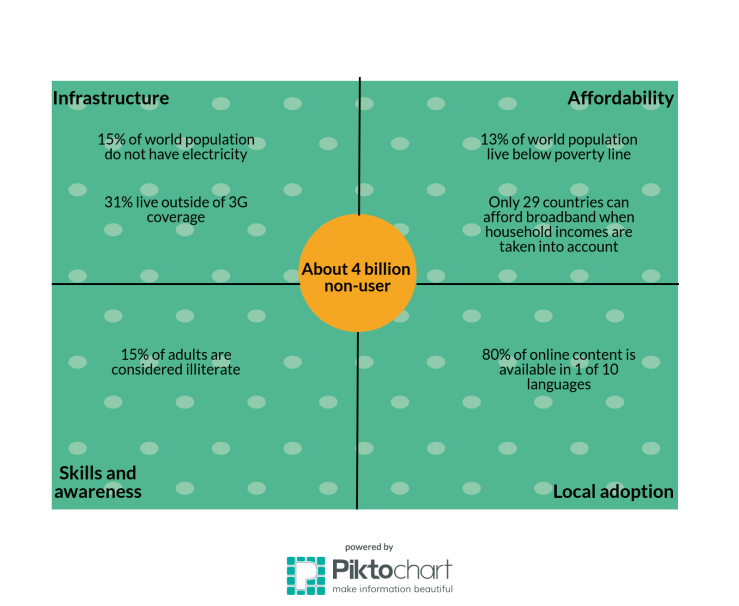
DIGITAL DIFFERENCES
Looking back when my parents was a kid, the Web seems so foreign. But compared to me, the Web seems otherwise. Through Prensky (2011) theory, everyone is either natives or immigrants. But now times have changed, as the Web is incorporated into our daily life.
Samuel (2017) suggest that there are 3 distinct groups of young people based on how parents manage their kids’ use of technology in very different ways.
Continue reading →









